Firm/Studio Name
Meraki Architecture
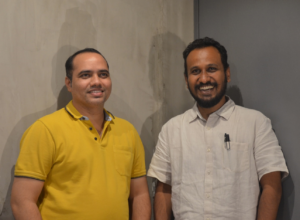
How did you come up with the name of your studio?
To use the word Meraki reminds us of where we want to be. Just like its meaning, we aspire our team to be creative and driven.
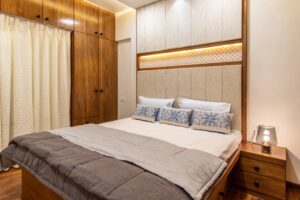
What determined your passion for design? Tell us about the moment when you decided this is the way to go.
The proposition of creating spaces, adding values, and modifying lifestyle positively paved a way for our passion here and showed us our way ahead.
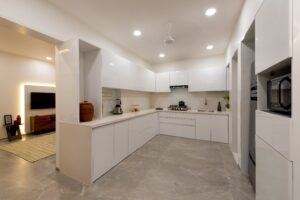
What kind of projects were you doing when you first started as a designer?
We started our experience with both architecture and interior-related projects that majorly focused on residential and commercial buildings and interiors.
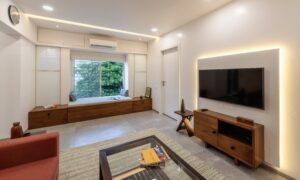
What field of design are you most interested in?
Any part of the design that is challenging and gives us the opportunity to be creatively involved is interesting to us. We enjoy embracing the details and minute elements of every project.
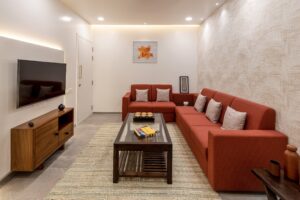
What is your favorite book/magazine on design? How about your favorite site?
There are several books that inspire us, but the ones we have learned from the most are “Architecture spoken” by Steven Holl, “Peter Zumthor works” by Peter Zumthor, and “Space and time” by Francesc rife.
And while speaking about magazines we like reviewing Design Anthology, Arch daily, Dezeen, etc. These magazines give a good gist about work on a global scale.

What is your Signature Style?
Context responsive architecture! We are not oriented towards one definitive style of work. Our motive is to create spaces with respect to site context, spatial experiences, and client requirements. Every project that we execute is meticulously designed to behold a unique character and nature.

What inspires you to thrive in this industry? Which piece of architecture inspires you the most.
As architects, we contribute to making our environment more accommodating and harmonious. The pragmatic approach towards opportunities and challenges creates a platform for us to establish our values.
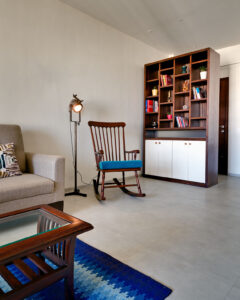
From your point of view, is design an art or a science?
Design is an amalgamation of art, science, philosophy, engineering, psychology, and technology. Each project is a combination of these subjects in various proportions.
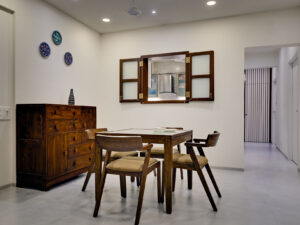
If you had no limits (money, resources), what would you create?
It’s ironic how no limit also sets a limit for us architects. We need to consider every aspect of a project. But given a chance, we would like to explore self-sustainable communities that provide equally for all living beings.
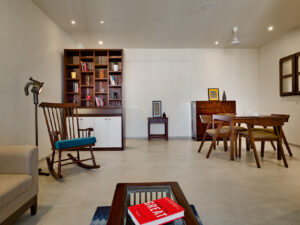
What advice do you have for young designers or architects reading this interview?
Consider contextual responsive design as a thumb rule for all your designs. Remember to correlate spatial and visual experiences while designing.













